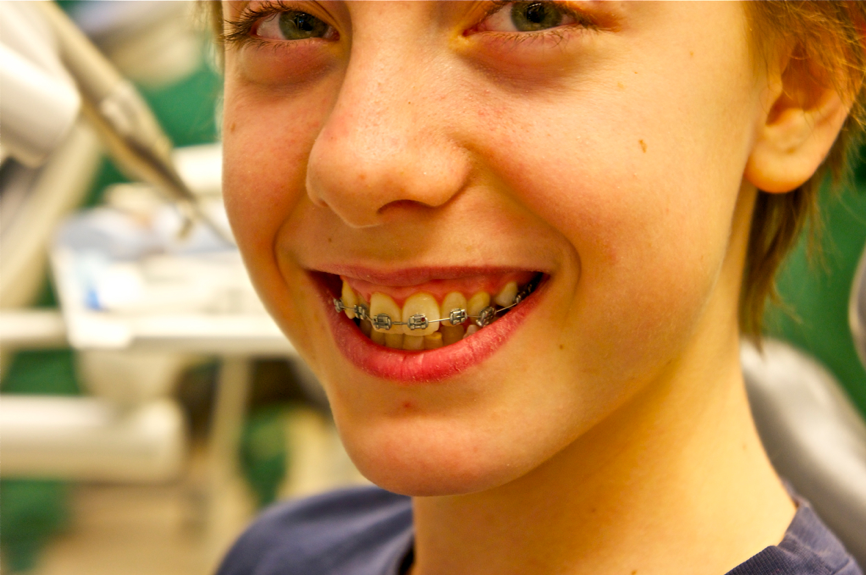Your Guide to Cumming Invisalign: Straightening Teeth with Style and Convenience
Comprehensive Guide to Orthodontics Procedures for Correcting Oral Misalignments
Understanding the intricacies of each treatment, including their mechanisms, advantages, and prospective downsides, is vital in making notified decisions regarding one's orthodontic therapy. As we browse via the thorough overview to orthodontic treatments for remedying dental misalignments, the complex details of each method will unfold, dropping light on the path towards a practical and harmonious oral positioning.
Orthodontic Procedures Overview

Along with clear aligners and traditional dental braces, orthodontists may also recommend various other interventions like headgear, palatal expanders, or retainers to resolve details placement problems (braces). These procedures are customized to each client's distinct needs and might include a mix of therapies to achieve the desired results. Regular changes and tracking are essential parts of orthodontic therapy to make sure progression is on track and to make any kind of necessary adjustments along the means. By going through orthodontic treatments, people can not only achieve a straighter grin but additionally boost their total oral health and wellness and feature.
Traditional Dental Braces: Just How They Work
When taking into consideration orthodontic therapies for oral misalignments, typical dental braces stand out as a reliable method for remedying teeth placing. Typical dental braces are composed of brackets, cords, and bands that work together to use continuous pressure on the teeth, progressively moving them right into the wanted placement.
As stress is used to the teeth through the dental braces, the bone surrounding the teeth is improved to support the brand-new tooth settings. Clients will need regular modifications at the orthodontist's office to make sure the dental braces continue to use the proper pressure for efficient teeth activity.
Invisible Aligners: Disadvantages and pros
Invisible aligners supply a hassle-free and very discreet choice to typical dental braces for remedying dental misalignments. These clear, custom-made trays are essentially unnoticeable when worn, making them an enticing alternative for people looking for a much more aesthetically pleasing orthodontic therapy. Among the main advantages of undetectable aligners is their removability, enabling easier upkeep of oral health contrasted to traditional dental braces. Clients can remove the aligners prior to consuming or brushing their teeth, reducing the risk of food obtaining stuck in the home appliance and simplifying the cleansing process.

Surgical Orthodontic Options
Surgical interventions in orthodontics existing sensible options for addressing intricate oral misalignments that may not be efficiently settled with standard orthodontic therapies. While standard dental braces and invisible aligners can deal with lots of orthodontic problems, specific instances call for medical treatment to achieve ideal results. Surgical orthodontic choices are usually advised for serious malocclusions, significant dental implant surgery jaw discrepancies, and situations where the underlying bone structure needs adjustment to achieve correct alignment.
One visit their website typical medical orthodontic procedure is orthognathic surgical treatment, which entails repositioning the jaws to deal with useful issues such as problem chewing or speaking. This surgery is usually executed in collaboration with an orthodontist that assists line up the teeth prior to and after the treatment. Surgical orthodontics might also involve procedures to reveal affected teeth, get rid of excess gum cells, or reshape the jawbone to develop an extra harmonious facial account.
Before taking into consideration surgical orthodontic options, people undertake a thorough evaluation to determine the requirement and potential advantages of such interventions. invisalign. While surgical procedure might appear overwhelming, it can substantially enhance both the function and looks of the smile in cases where standard orthodontic treatments fall short
Retainers and Post-Treatment Care

Post-treatment care entails adhering to the orthodontist's guidelines faithfully. This may include correct dental hygiene techniques, going to follow-up consultations, and wearing the retainers as suggested. Failure to conform with post-treatment treatment guidelines can result in relapse, where the teeth slowly return towards their initial placements. Constant retainer wear, excellent dental health, and regular oral examinations are necessary for preserving the results attained via orthodontic surgery and making sure the lasting stability of the dealt with dental positioning.
Final Thought
In conclusion, dental implant insurance orthodontic treatments supply numerous options for remedying oral imbalances. Surgical orthodontic options are readily available for more severe imbalances. In general, orthodontic procedures can efficiently enhance dental health and visual appearance.
As we navigate with the extensive guide to orthodontic treatments for correcting dental misalignments, the complex details of each approach will certainly unravel, shedding light on the path towards a functional and harmonious dental alignment. - cumming orthodontics
One of the most usual orthodontic therapies is the usage of dental braces, which consist of metal brackets and wires that apply gentle pressure to slowly change teeth into the desired placement.When thinking about orthodontic therapies for dental misalignments, typical dental braces stand out as a reliable technique for dealing with teeth placing. Furthermore, unseen aligners may not be appropriate for intricate orthodontic issues that require even more significant teeth motion, as they are commonly suggested for mild to modest instances. Retainers are personalized orthodontic devices created to hold teeth in their fixed positions after the completion of orthodontic therapy.